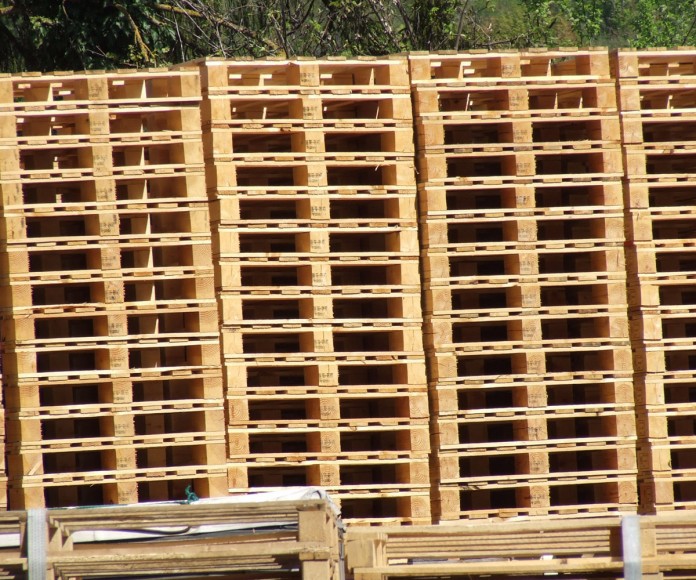URBANA, Ill. — The trend of reusing wooden pallets for gardening seems to have become as popular as ever. You can’t look at anything on Pinterest without seeing examples of pallet “upcycling.”
But there are certain things to consider before such pallets are used, especially in your garden, said University of Illinois horticulture educator Candice Miller.
Safety first
“It’s a great idea for the environment to reuse and recycle as much as possible in gardening, but you must also think about the safety of the product you’re reusing first,” Miller said.
“Many people don’t stop to think about that before reusing wooden pallets.”
Wood is treated
According to Miller, newer regulations require pallet manufacturers in Canada and the United States to treat the wood on pallets before shipping.
Each pallet must undergo either a process of heat treatment or fumigation, both of which must be carried out to an agreed standard and by an approved source.
“This is done to prevent pests from surviving in the wood and being transferred from country to country, similar to how the emerald ash borer is believed to have made its way to the United States,” she said.
Check for logo
When looking for pallets that have undergone this process, Miller said gardeners should look for the International Plant Protection Convention (IPPC) logo on the pallet.
On the logo will either be heat treated (HT) or kiln dried, or methyl bromide (MB).
“Avoid the pallets treated with methyl bromide and choose a heat-treated pallet for use in the garden,” Miller said.
Don’t know history
Because many pallets are tossed out after being shipped across the country and even across the world, there is no way of knowing what exactly was shipped on these pallets.
“They could have been carrying harmful chemicals or even food that may have transmitted a variety of bacteria to the porous wood of the pallet,” she said.
“The take-away message should be to think carefully before reusing a pallet in the garden, especially if you will be growing a food product in the pallet,” Miller said.
Find a new pallet?
Using a brand new wooden pallet would be the safest choice, but if a used wooden pallet is the only choice, take some precautions, Miller advised.
“Wash the pallet thoroughly with hot, soapy water or bleach, and allow it to dry thoroughly. Consider painting or sealing the pallet as well, although the effectiveness of actually sealing in any harmful chemicals or bacteria is unknown,” she said.
Wear gloves
Miller said she also recommends always wearing gloves when working with pallets and sanding down any rough areas on the pallet to avoid injury.
“Once safety has been considered, the possibilities and ideas for using pallets in the garden are endless,” Miller said. “Everything from raised beds, garden pathways, shelving units, garden furniture, compost bins, vertical gardening supports, and fencing can be created using pallets.”










